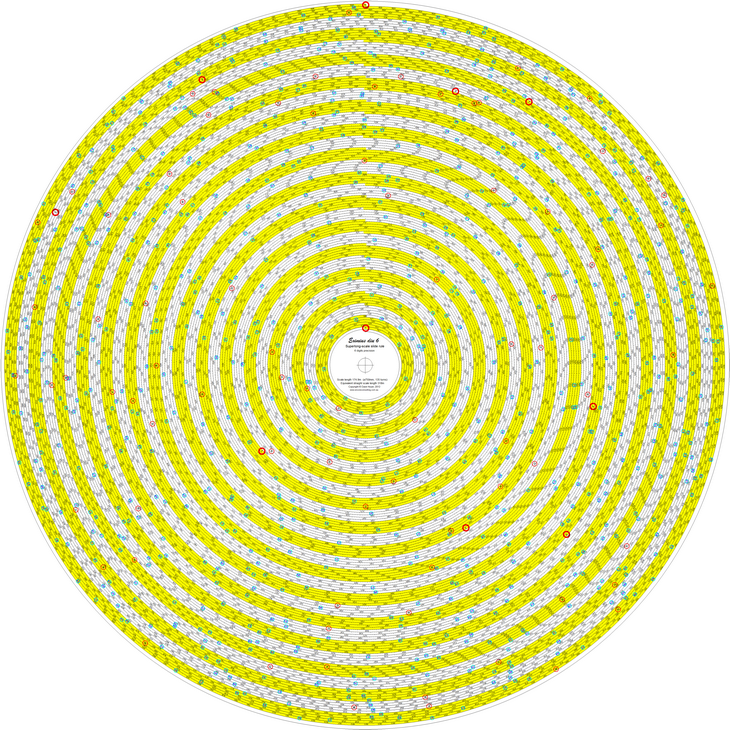People whom I personally have known who have significantly influenced me. These are not in any meaningful order:
Nathan Sloan, Science Teacher, Quaker Ridge Junior High School, Scarsdale, NY.
Jan Kremer, boyhood friend, college roommate mechanical engineer, physicist, artificial intelligence researcher, SRI
Roger Cooke, physicist, college roommate, Professor of Physics, UC San Francisco.
Phil Hamilton, friend, neighbor, Spanish teacher, University of Illinois, and his wife Toni
Joe Campbell, friend, Professor of Linguistics, Indiana University, University of Texas, Austin.
Tom & Carol Ising, friends, Economists
Spud Baldwin, Professor of Spanish, University of Illinois.
Meredith, my wife, mother of my children, and life long companion.
My children, Tor & Eric.
My grandchild, Kai
Robert T. Chien (1931-1983), Information Theorist, Professor of Electrical Engineering, University of Illinois, Director, Coordinated Science Laboratory, mentor, employer, dissertation advisor.
http://ieeexplore.ieee.org/stamp/stamp.jsp?arnumber=01056940
James T. Parr, Mathematician, Professor of Mathematics, University of Illinois, Professor of Mathematics, Illinois State University.
http://math.illinoisstate.edu/parr/
Peter B. Maggs, friend, coresearcher, Lawyer, Professor of Law, University of Illinois
http://www.law.illinois.edu/faculty/profile/petermaggs
Ronald Resch (1939-2009?) coresearcher, Artist and Computer Scientist, Professor of Architecture, University of Illinois, Professor of Computer Science, University of Utah, Professor of Computer Science Boston University
Gary Goodman, friend, Astronomer, renascence man.
Heinz von Foerster, Information Theorist, Professor of Electrical Engineering, University of Illinois, Biological Computer Laboratory, Atari Corp., mentor
Oscar Burakoff and his wife, Elia Burakoff, cousins.mentors He was also a Mechanical Engineer, Mexico City, Mexico
Donald Bitzer, Computer Scientist, Professor of Electrical Engineering, University of Illinois, Professor of Electrical Engineering, University of North Carolina
Louis Leakey, Paleoarcheologist, Olduvai Gorge, Tanzania, lecturer for introductory Anthropology.
Donald Lee, Computer Scientist, Coordinated Science Laboratory and Plato Project, University of Illinois, coresearcher
Joseph Tykociner, Electrical Engineer, Professor of Electrical Engineering, University of Illinois, proponent of Zetetics, lecturer, invented sound on film (talkies)
People I never met, but who nonetheless influenced me:
Joseph Priestley (1733-1804) English Enlightenment superstar: Minister, Scientist, Chemist, Political Activist, Educator, Moralist, Historian,
Thor Heyerdahl, anthropologist, explorer, Kon Tiki, Ra, Easter Island.
Daniel Boorstin, Librarian of Congress





.jpeg)
.jpeg)
.jpeg)
.jpeg)
